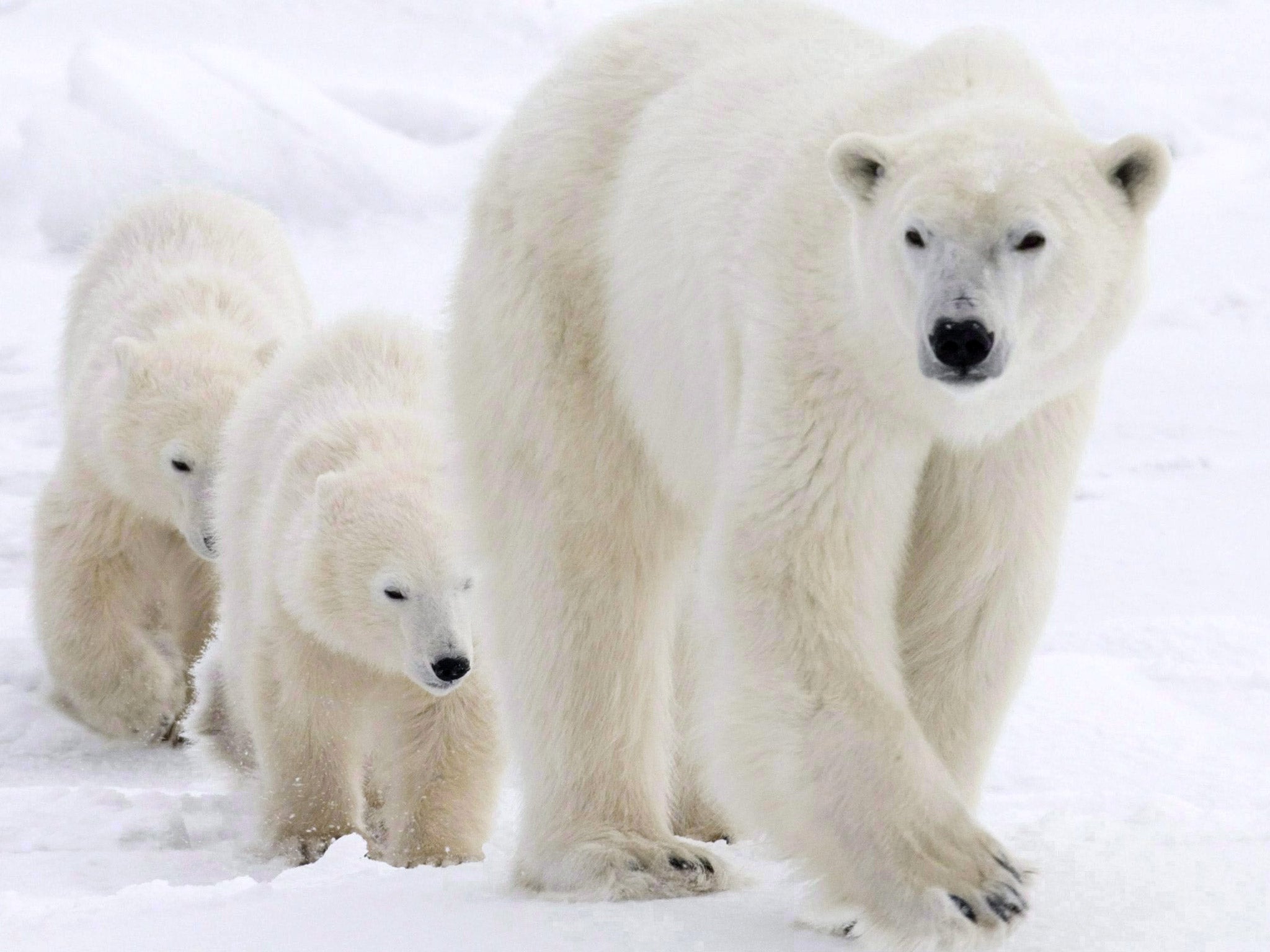Cites conference: Canada and US at odds over trade in polar bears

The United States and Canada are on a collision course at the Cites conference over proposals that would outlaw much of the hunting of polar bears.
The US has tabled a move to ban all trade in polar bear products, which in essence means skins – about 400 of which are sold every year after the animals have been shot by the native Inuit population of the mostly Canadian High Arctic.
But the proposal is being fiercely opposed by the Canadian government, which argues that the ban will put the livelihoods of its indigenous peoples at risk. Canadian officials maintain that climate change and the consequent disappearance of the Arctic sea ice – which the polar bears use as a platform for hunting seals – pose a much greater threat to the survival of the animals and that a focus on hunting is misguided.
Canada insists that, contrary to American claims, populations remain healthy and stable at around 25,000 bears and that the quota system currently in operation – which allows Inuit peoples to legally kill between 600 and 800 bears per year mainly for subsistence purposes – is sustainable.
But the US says that the predictions of continuing sea-ice loss indicates that two-thirds of the ice may be gone in summer by 2050 and with it, two-thirds of the polar bears – so the animal is threatened with extinction.
On this basis, the Americans say, international trade that encourages hunting should not be allowed. Recent trends in polar bear trading are a particular concern for the US, highlighting a worrying increase in appetite for skins and other parts.
The yearly number of polar bear skins offered at auction increased by 375 per cent between 2007 and 2012, according to calculations made by the Natural Resources Defence Council. Over the past decade, more than 30,000 polar bear parts have been traded internationally and the average price per skin rose to $5,200 (£3,400).
The European Union has similarly been divided over the proposals. They are in principle backed by Britain and the Netherlands, but opposed by Denmark, which has Inuit hunters of its own in Greenland. France, Spain and Greece are undecided but the issue needs to be sorted out by Monday because the EU needs a common voting position.
Join our commenting forum
Join thought-provoking conversations, follow other Independent readers and see their replies
Comments